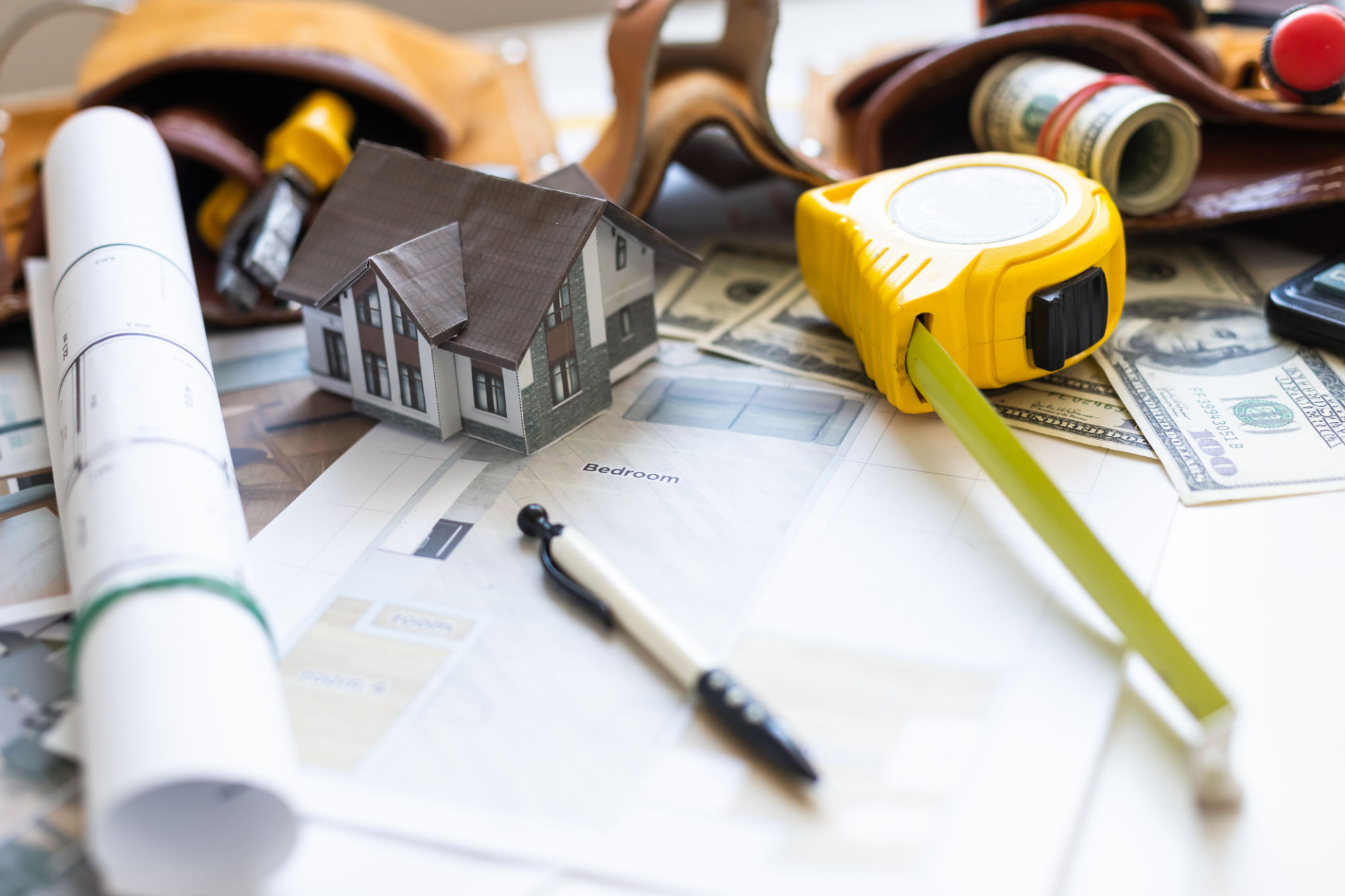Common Home Remodeling Mistakes and How to Avoid Them
Planning and Budgeting Mistakes
One of the most common mistakes homeowners make when embarking on a remodeling project is inadequate planning and budgeting. It's crucial to map out a detailed plan that includes all aspects of the project, such as design, materials, and labor. Without a clear plan, costs can quickly spiral out of control.
To avoid overspending, set a realistic budget and stick to it. Consider adding a buffer of 10-20% for unexpected expenses that may arise. Also, prioritize your needs versus wants to ensure you are spending money wisely.

Ignoring Permits and Regulations
Another pitfall in home remodeling is neglecting the necessary permits and regulations. This oversight can lead to costly fines or even the need to undo completed work. Before starting any project, research local building codes and obtain the required permits.
Working with a knowledgeable contractor can help navigate these legal requirements, ensuring that your project complies with local laws and regulations. It’s always better to be safe than sorry when it comes to legal compliance.
Choosing the Wrong Contractor
Hiring the wrong contractor can be a nightmare for any home remodeling project. A contractor who lacks experience or reliability can cause delays, increase costs, and result in poor workmanship. Therefore, selecting the right professional is crucial.
To find a reputable contractor, obtain recommendations from friends or family and check online reviews. Interview multiple candidates and ask for references from past clients. A thorough vetting process can save you from future headaches.

Underestimating the Timeframe
Many homeowners underestimate the time it takes to complete a remodeling project. An optimistic timeline can lead to frustration if delays occur, especially if the renovation impacts your daily living space.
Discuss the timeline with your contractor and build in extra time for potential setbacks. Being realistic about how long the project will take helps manage expectations and reduces stress throughout the process.
Cutting Costs on Materials
While saving money is important, skimping on materials can lead to long-term issues. Poor-quality materials may wear out faster, necessitating further repairs or replacements, which can ultimately cost more than investing in quality from the start.
Choose durable materials that fit within your budget but don’t compromise on quality. This ensures longevity and satisfaction with your remodel for years to come.

Lack of Communication
A lack of communication between you and your contractor can result in misunderstandings and mistakes. Clear and open communication is essential for ensuring that everyone involved in the project is on the same page.
Schedule regular meetings with your contractor to discuss progress and address any concerns promptly. This proactive approach helps prevent small issues from becoming larger problems and keeps the project on track.
Neglecting Functionality
Finally, focusing solely on aesthetics without considering functionality can lead to a space that looks good but doesn’t meet your practical needs. It's important to balance style with usability in any remodeling project.
Think about how you use each space daily and ensure that your remodel accommodates these needs. Functionality should be at the forefront of your design decisions to create a home that is both beautiful and practical.

